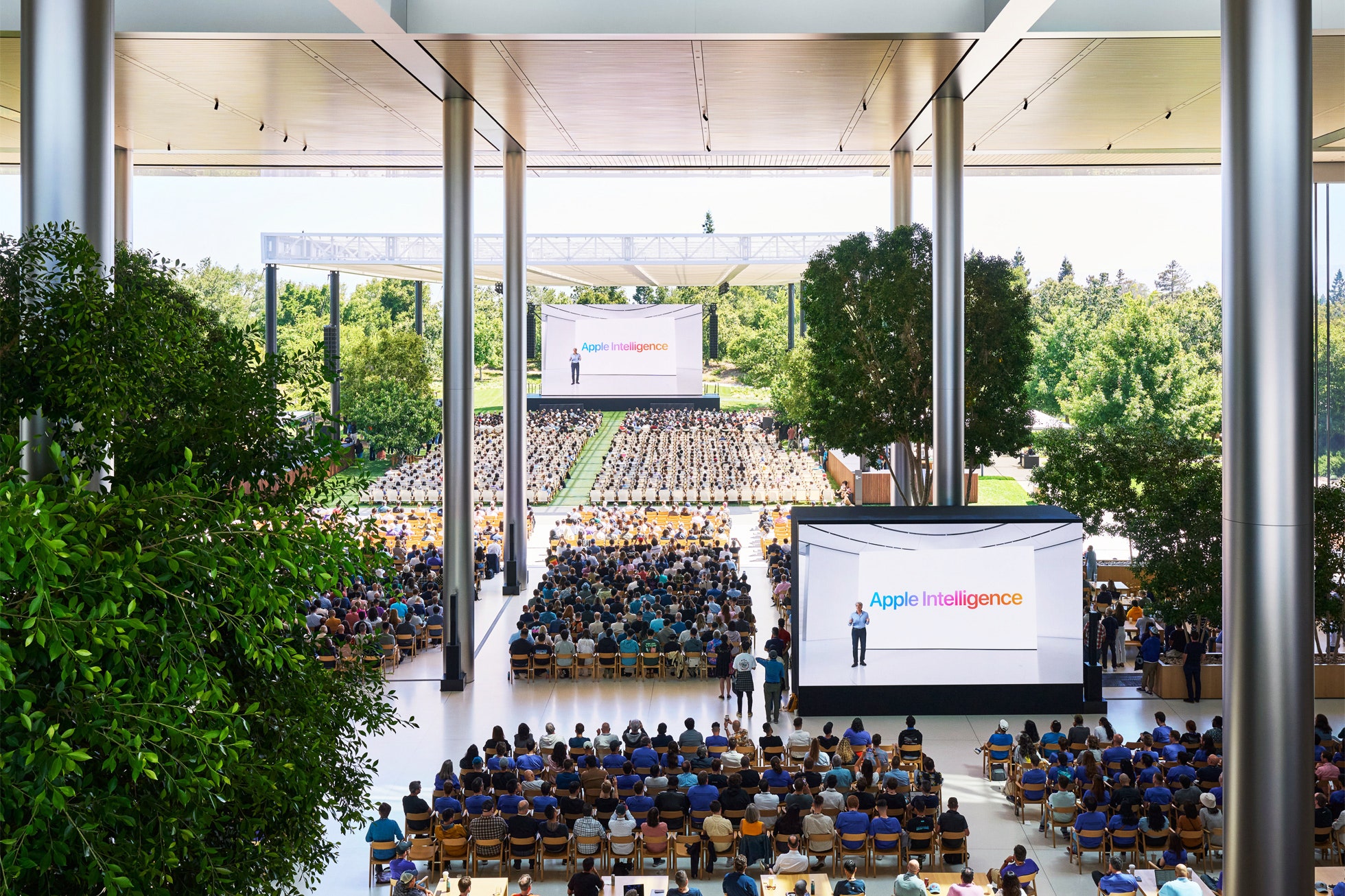“It’s a source of a lot of internal debate,” says Federighi. “We are used to delivering a very well-thought-out, curated experience where we control all the dimensions of how the system is going to interact with the user. When you start training a system based on large data sets of human behavior, [the results that emerge] aren’t necessarily what an Apple designer specified. They are what emerged from the data.”
Apple isn’t turning back, says [SVP Phil] Schiller. “While these techniques absolutely affect how you design something, at the end of the day we are using them because they enable us to deliver a higher quality product.”
Ask Me One Thing
Fred asks, “Do you believe in life after apps?”
Thanks, Fred. If I may parse your question, I intuit you are asking whether something lurks beyond the current paradigm of computing, where an operating system hosts a suite of applications where the actual working, playing, and socializing occur. If this did happen, it would be a seismic change in the digital world. But once again, the adherents of generative AI are offering an alternative. Instead of opening an app, you’d simply say what you want to a smart assistant and—poof!—it will be done.
There’s a lot that would have to happen for that vision to materialize. The entire software infrastructure is now centered on an app-style economy. And AI is just not good enough to do everything as neatly as apps do. On the other hand, picture a successful execution of what Apple wants to do with Siri. You might give it a complicated list of things to accomplish on a shopping trip, and one thing might include getting from one place to another. Apple could access the inner workings of a car service like Uber or Lyft, and everything you do within that app could be done by Siri. You’d still be taking an Uber, but the app would disappear.





